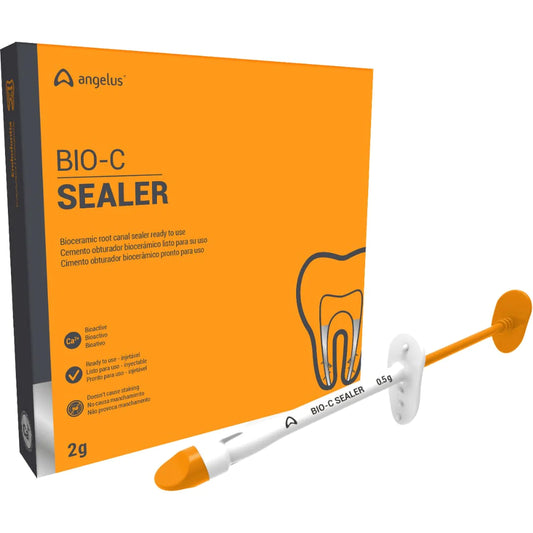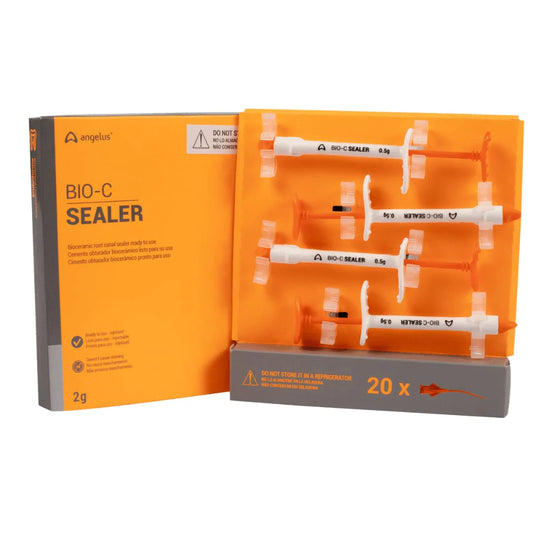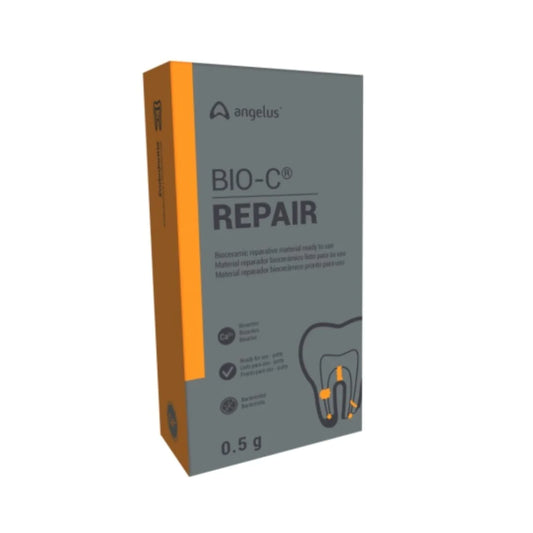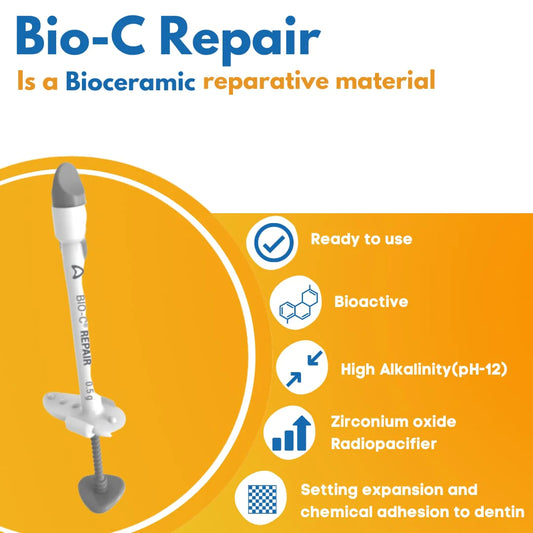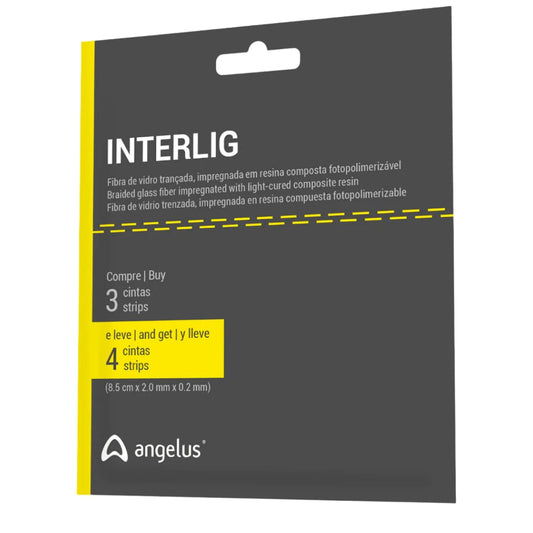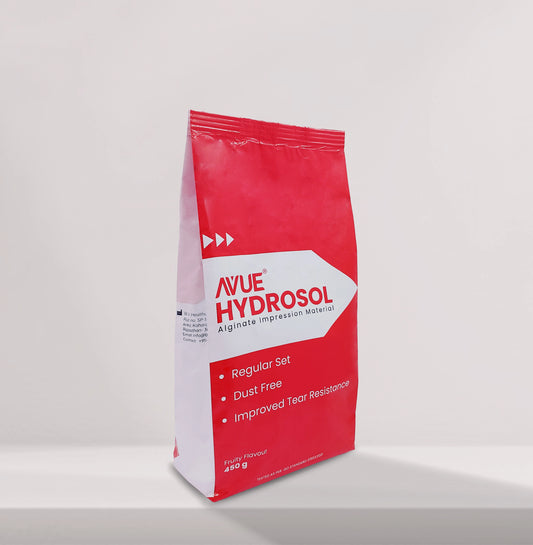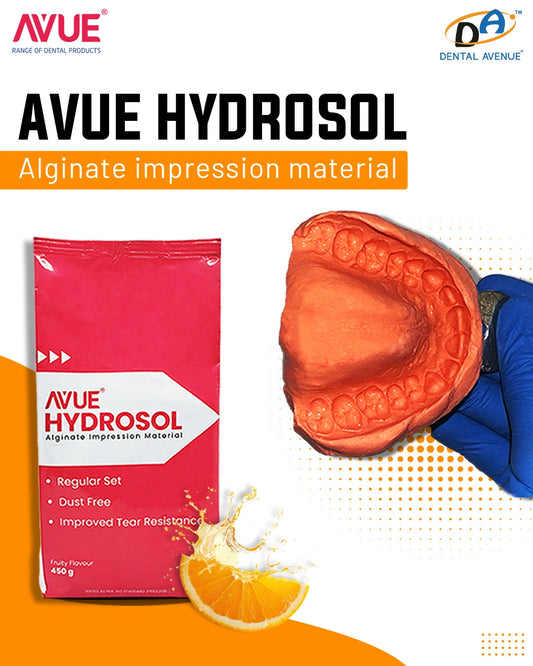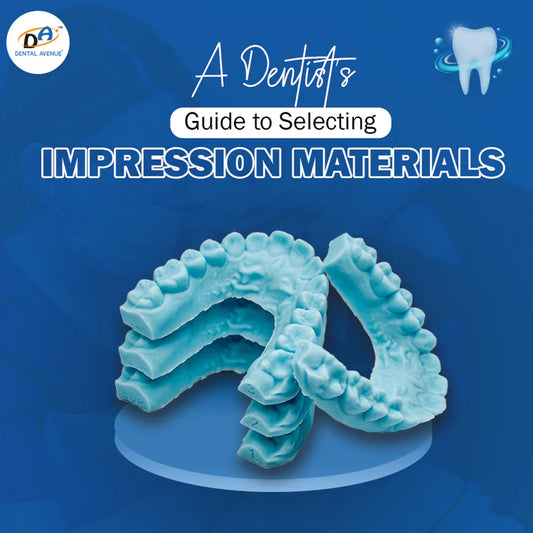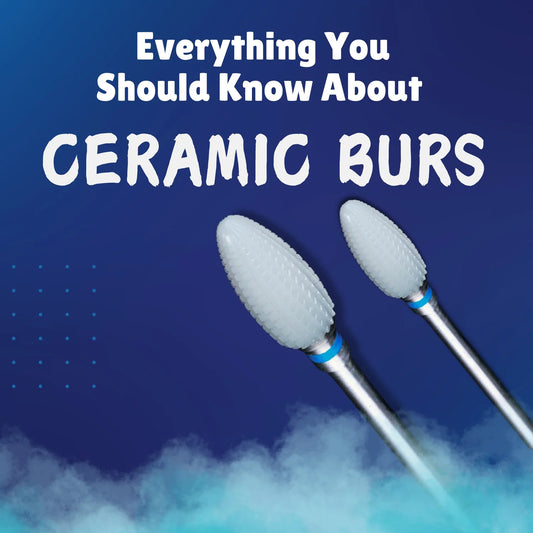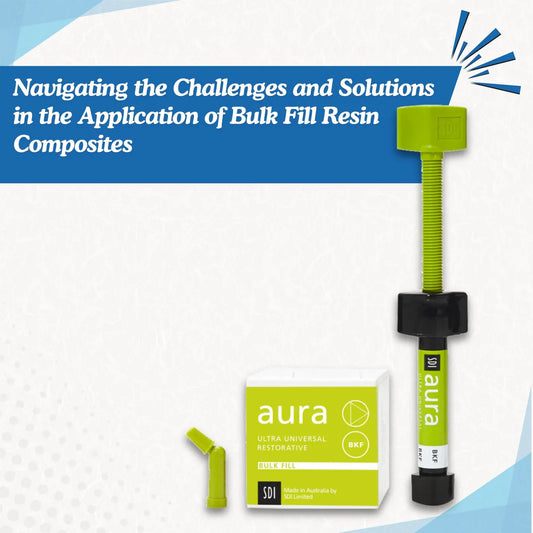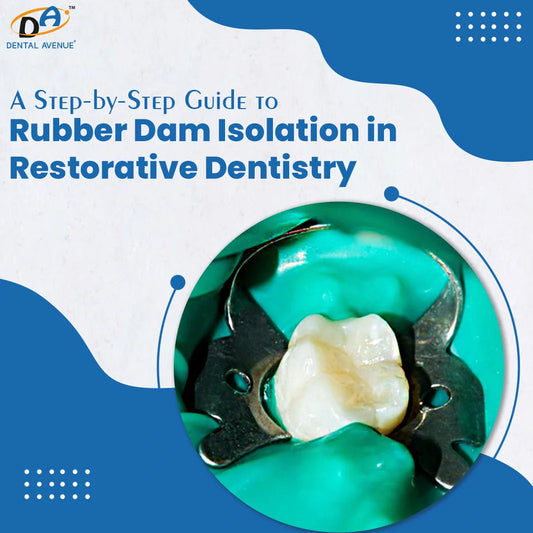Nanofill Composites vs. Microfill Composites: Choosing the Right Material for Your Needs
Composite Resins are materials used in dentistry for tooth restorations, providing natural aesthetics and durability. Dental Composites are composed of resin and filler particles tailored to mimic tooth structure and are of different types and this blog will discuss the differences between two of the types, nanofill and the microfill composite.When used along with a well-organized composite kit, these materials allow dentists to perform restorations more effectively and with predictable outcomes.
Nano filled composite are composed of tiny particles within a larger matrix, and their distinguishing characteristic is their size. These nanoparticles typically range from 1 to 100 nanometers. This nano-scale dimension significantly alters the properties of the composite, resulting in improved strength, durability, and functionality that were previously unachievable. Moreover, nanofill composites closely mimic the structure of natural teeth with exceptional accuracy.
On the other hand, Microfilled Composite resins serve primarily aesthetic purposes. They are not suitable for Class IV and stress-bearing restorations but are recommended for limited use in Class I restorations where appearance is crucial. To ensure proper application, the technique must include acid-etching and intermediate bonding. Microfilled composite resins are known for their smooth surface finish and high gloss, offering distinct advantages in situations where smoothness is essential.
Comparing Nanofill and Microfill Composites:
Aesthetic Outcomes:
- Nanofill Composite- These composites contain nanoparticles that enhance their optical properties, allowing for better blending with natural tooth structure. The smaller particle size results in a smoother surface and improved polishability, leading to superior aesthetic outcomes. Nanofill composites are highly versatile and can be used for both anterior and posterior restorations where aesthetics are crucial.
- Microfill Composite- Microfill composites, as the name suggests, have smaller filler particles compared to other composite types. While they also offer good aesthetic results, their particle size is larger than nanofill composites, which can affect their ability to mimic natural tooth appearance precisely. Microfill composites are often used in areas where aesthetics are important but may not be the top priority, such as non-stress-bearing anterior restorations.
Recommended Read - Minimally Invasive Teeth Contouring with Composite and Matrix Systems
Strength and Durability:
- Nanofill Composite- Nanofill composites are known for their excellent strength and durability, making them suitable for use in stress-bearing areas of the mouth, such as molars and premolars. The smaller particles contribute to a more robust material that can withstand chewing forces and maintain its integrity over time.
- Microfill Composite- While microfill composites are durable, they may not match the strength of nanofill composites. They are better suited for non-stress-bearing areas or situations where aesthetics is more important. Microfill composites are commonly used in anterior restorations where chewing forces are less significant.
Handling and Application:
- Nanofill Composite- Nanofill composites typically have a flowable consistency, making them easier to handle and manipulate during placement. This flowability allows for precise placement in intricate areas and ensures good adaptation to cavity walls for strong bonding. Dentists may find nanofill composites more convenient for procedures requiring detailed work.
- Microfill Composite- Microfill composites have a thicker consistency compared to nanofill composites, which can make them slightly more challenging to handle. Dentists need to use appropriate techniques to ensure proper adaptation and placement, especially in areas with limited access. However, their viscosity can also be an advantage in situations where a more sculptable material is desired.
Wear Resistance:
- Nanofill Composite- Due to their higher strength and smaller particle size, nanofill composites offer excellent wear resistance. They can withstand chewing forces and abrasion over time, maintaining their aesthetic appearance in high-wear areas such as occlusal surfaces.
- Microfill Composite- While durable, microfill composites may exhibit signs of wear more quickly than nanofill composites, particularly in areas subjected to heavy chewing forces.
Cost Considerations:
- Nanofill Composite- Nanofill composites often come with a higher price tag compared to other composite types. The advanced technology and superior properties contribute to their increased cost. However, many patients are willing to invest in nanofill composites for their aesthetic benefits and long-term durability.
- Microfill Composite- Microfill composites are generally more cost-effective than nanofill composites, making them a suitable option for patients on a budget. Despite being more affordable, microfill composites still offer satisfactory aesthetic results, especially in non-stress-bearing areas where durability is not the primary concern.
Tips for dentists to get the best results with each type of composite:
For optimal results with micro-fill and nano-fill composites, select the correct shade, maintain a dry field, use layering techniques with incremental placement, employ a quality curing light, utilize a good matrix system, finish and polish meticulously, stay updated with training, choose compatible adhesives, and communicate effectively with patients.With the support of a high-quality dental composite kit, dentists can simplify the layering, finishing, and shade-matching process, ensuring improved outcomes for both nanofill and microfill applications.
For Nanofill Composite:
- Select nanofill composites for high-stress areas requiring superior strength and wear resistance.
- Consider layering techniques for complex cases to achieve the desired shade and translucency.
For Microfill Composite:
- Reserve microfill composites for anterior restorations and non-stress-bearing areas where aesthetics are paramount.
- Use a liner or base when necessary to support thin applications of microfill composite and improve longevity
Recommended Read - 7 Types of Dental Composite You Should Know
Conclusion:
In conclusion, both nanofill and microfill composites have their strengths and limitations, making them suitable for different clinical scenarios. Nanofilled composite advantages are aesthetics, strength, and wear resistance but come at a higher cost. On the other hand, microfill composites offer satisfactory aesthetics at a lower cost but may not be as durable in high-stress situations. Dental composites have adequate shear bond strength and hence can be used satisfactorily to restore dental defects.

